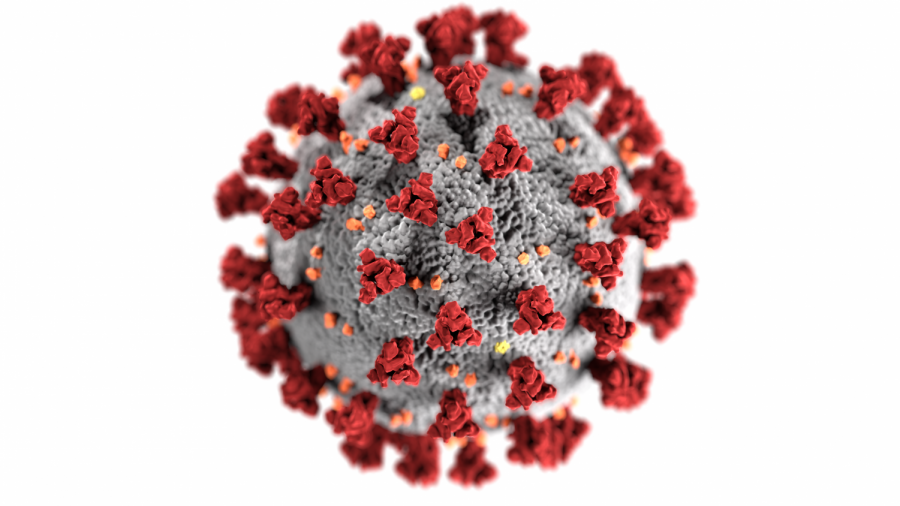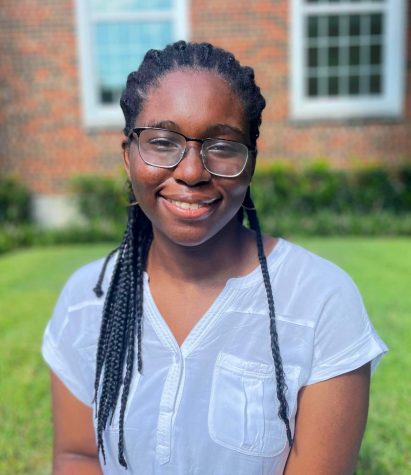As the coronavirus spreads throughout the U.S., another insidious virus worms its way through social media and public discourse, wreaking havoc wherever it goes.
That virus is misinformation, and it’s both contagious and deadly.
It spreads from people who may be well meaning. People who don’t trust what government or health authorities say, people who don’t like to blend in with the crowd.
But this kind of contrarianism goes against reliable and empirical evidence. Those who enjoy being contrarian may think they’re smart, but spreading misinformation about the coronavirus and the measures public officials are taking to prevent its spread is anything but. This kind of misinformation is actively killing people.
Some of the most common false claims are that masks don’t work. That the coronavirus is just the flu, or deaths rates are so low that it really doesn’t matter anyway. That the coronavirus death numbers are inflated by deaths from other diseases. These are all wrong.
At this point in the pandemic, everyone should understand how masks work and why officials are asking you to wear them. Yes, the official guidance from public health organizations, at the beginning of this pandemic, was for most to not wear masks, but the guidance changed because the situation changed.
The U.S. had an extreme PPE shortage, which is personal protective equipment, and health officials were worried that if the general public started wearing masks, there would be none left for frontline workers.
Public health officials were also worried that people would be overconfident and think masks protected them more than they did.
Some masks may be able to block coronavirus somewhat depending on how well they filter air, and there are N95 respirators meant for use by medical professionals that are effective at filtering out viruses.
In general, however, masks don’t protect the wearer. They protect others from the infected droplets that the wearer might expel.
Then, more research came out and the PPE shortage lessened.
We learned more about how infectious the coronavirus is, how it can be spread simply through talking and breathing, and how much asymptomatic cases contribute to its spread. And because of this, we began to see masks were one of the most effective tools for preventing the spread of coronavirus.
Masks work if everyone wears them because they prevent those who have the virus from spreading it to everyone else even if they don’t know they have it.
The next most prevalent and most annoying myth about coronavirus is that coronavirus is just the flu. This is just flat out false, and it needs to be shut down immediately.
The Centers for Disease Control and Prevention put the death rate of the flu at around 24,000 to 62,000 per year, while over 200,000 Americans have died from the coronavirus this year. The two are not comparable.
If coronavirus could be up to 10 times deadlier than the flu, as Dr. Anthony Fauci, the top infectious disease specialist, has said, the coronavirus death rate is certainly not too low to matter. The elderly and those with underlying health issues are most at risk to die, but that doesn’t mean younger, healthy people are safe from the virus.
Additionally, if we measure the severity of the coronavirus by its deaths, we lose sight of the fact that even if you survive coronavirus, you’re not home free. The coronavirus can significantly damage health in the long term. Doctors have observed long-term damage to the hearts, lungs, and brains of patients, and even mild coronavirus cases can leave behind chronic fatigue.
The death rate also doesn’t illustrate the consequences of coronavirus cases overwhelming our healthcare system, which puts our healthcare workers at risk, and may lead to people not getting the care they need.
Most who say the coronavirus death rate is low cite a number from the CDC of 0.26 percent, ignoring the fact that this number is not supposed to be used to predict future results, nor is it a final confirmation. It’s a rough estimate of the death rate of those infected with coronavirus, and it’s based on data that is in all likelihood is a major undercount.
Yes, an undercount. Coronavirus numbers are more likely to be undercounted than inflated. Just 6 percent of coronavirus deaths were related only to coronavirus alone, but the notion that coronavirus deaths of people with underlying health conditions are somehow fake coronavirus deaths is incredibly misguided.
This line of thinking would have you believe that if a lunatic went around smashing people’s legs with a bat, and the vast majority of those whose legs broke had a bone condition, then it wouldn’t really be the fault of the lunatic with a bat.
A ridiculous example: fitting of a ridiculous argument. The healthcare workers who record deaths operate under detailed and specific guidelines, which the National Center for Health Statistics has published.
Even if someone died positive for coronavirus, it would not be recorded as a coronavirus death unless coronavirus was a contributing factor.
If a test is not available and a healthcare professional suspects a patient died from coronavirus, they can record that as a likely coronavirus death without one. However, that’s only if they had recorded evidence that the patient fit the coronavirus criteria, and it still wouldn’t be classified as a confirmed death.
An undercount of deaths is more likely than an over count due to situations like people dying at home without being tested and false negative tests.
Even if doctors and researchers are wrong, and the death rate is low, we can’t use that as an excuse to ignore social distancing and mask requirements. It wouldn’t matter that the death rate was low. Millions would die just from the sheer amount of people infected.
All this death, doom and despair is not melodrama. It’s based in real life. Science denialism has major consequences.
That’s a lesson that one man here in Dallas learned the hard way. Tony Green denied that coronavirus was a major threat, and hosted a gathering with no masks. As a result, 14 members of his family caught coronavirus in July.
Thanks to his doctors, Green narrowly avoided a stroke, but his father-in-law and his father-in-law’s mother did not survive. In the Washington Post, Green described feeling waves of grief and guilt.
“The feeling that I have is kind of like what, I would say, a drunk driver would have if they killed their family,” Green said to CNN.
Those who oppose mask-wearing have zero right to call anyone else sheep. Not only are they being led by conspiracy theorists to the slaughter, they’re bringing innocent people along with them.
We have to stop the slaughter. Stop spreading coronavirus myths, and shut them down when you hear them. If we don’t solve the pandemic of misinformation, we’ll never be able to defeat coronavirus.




